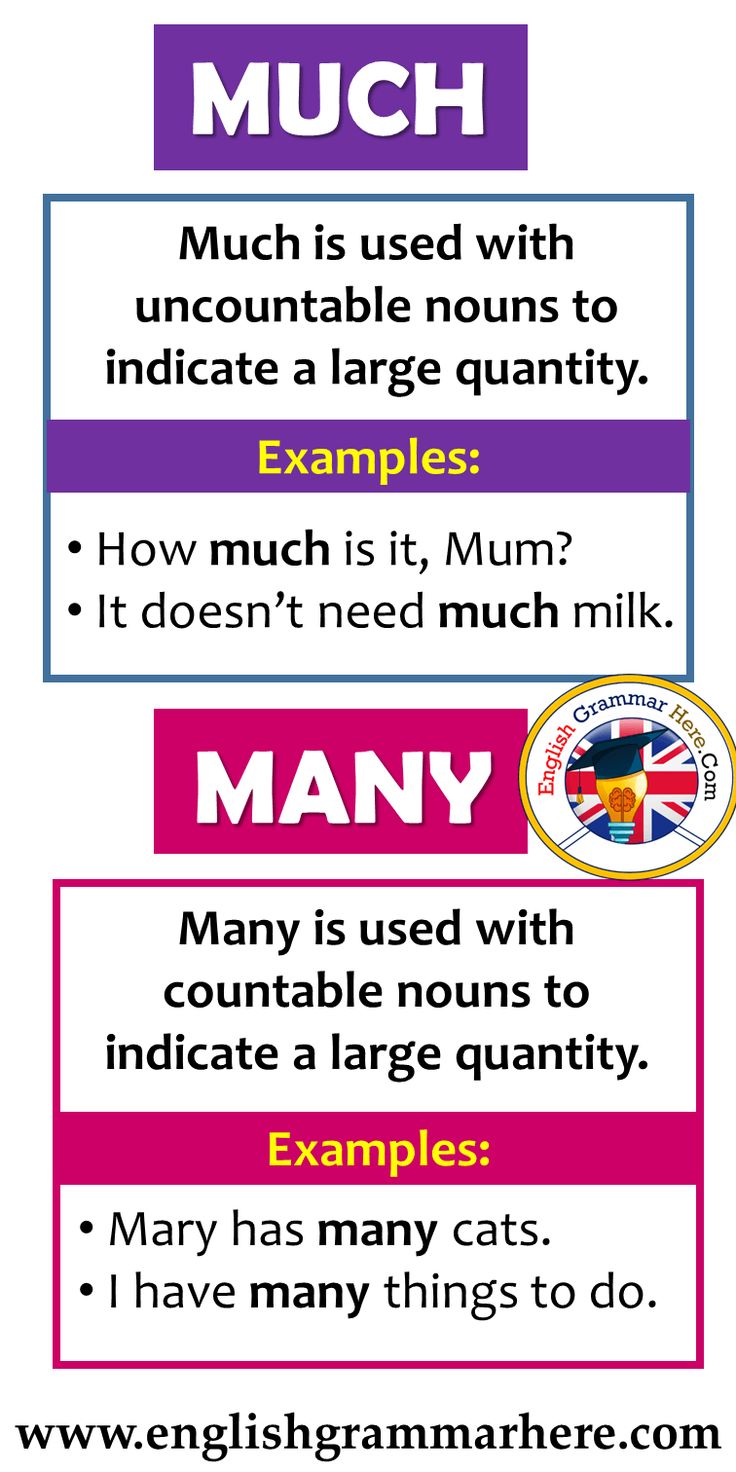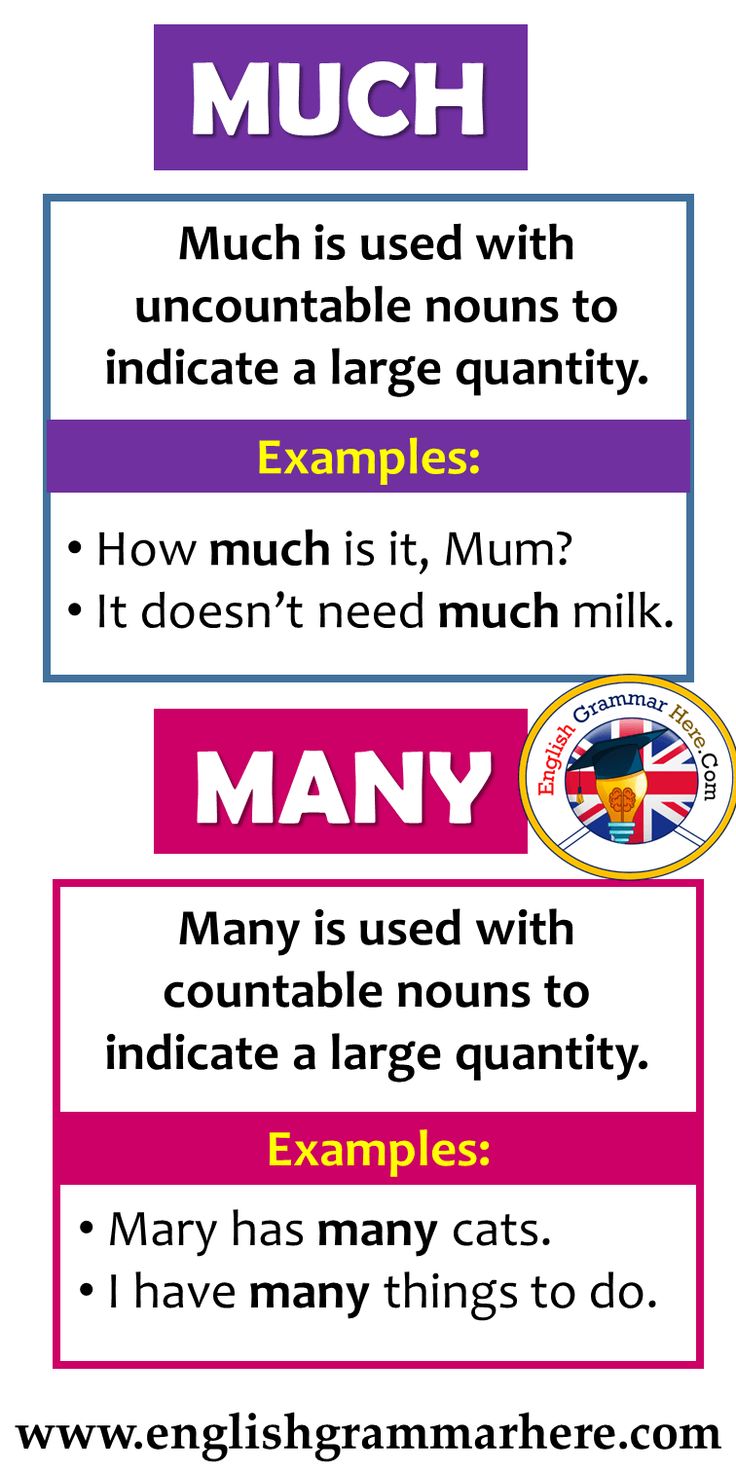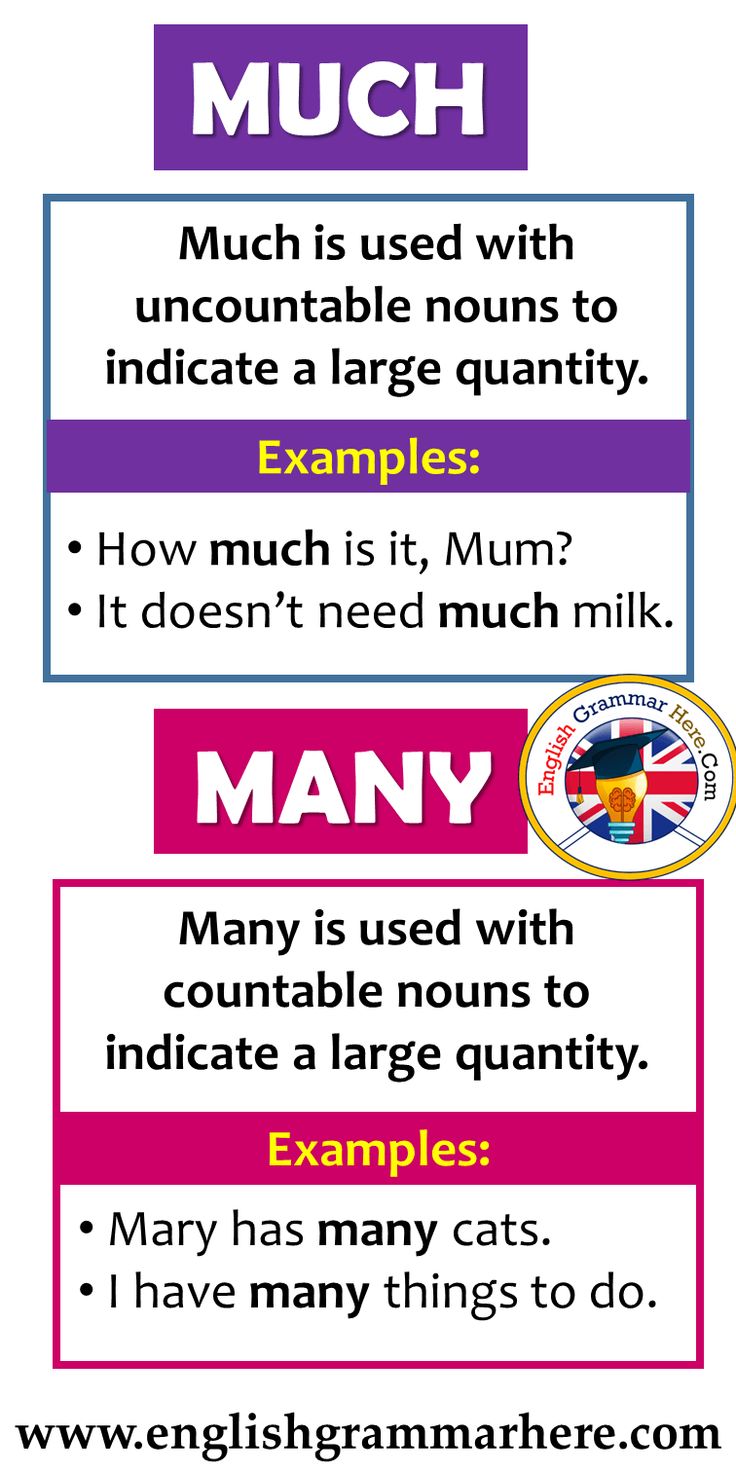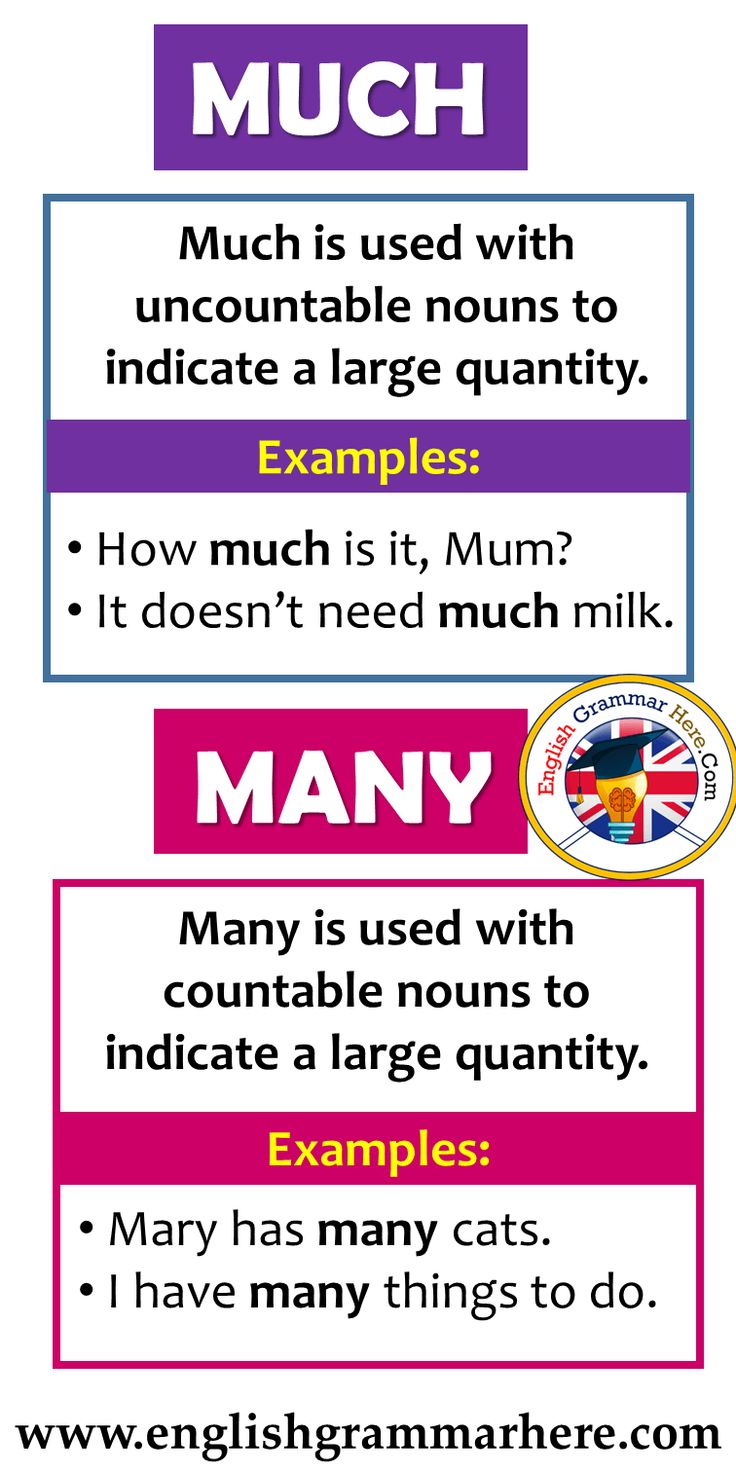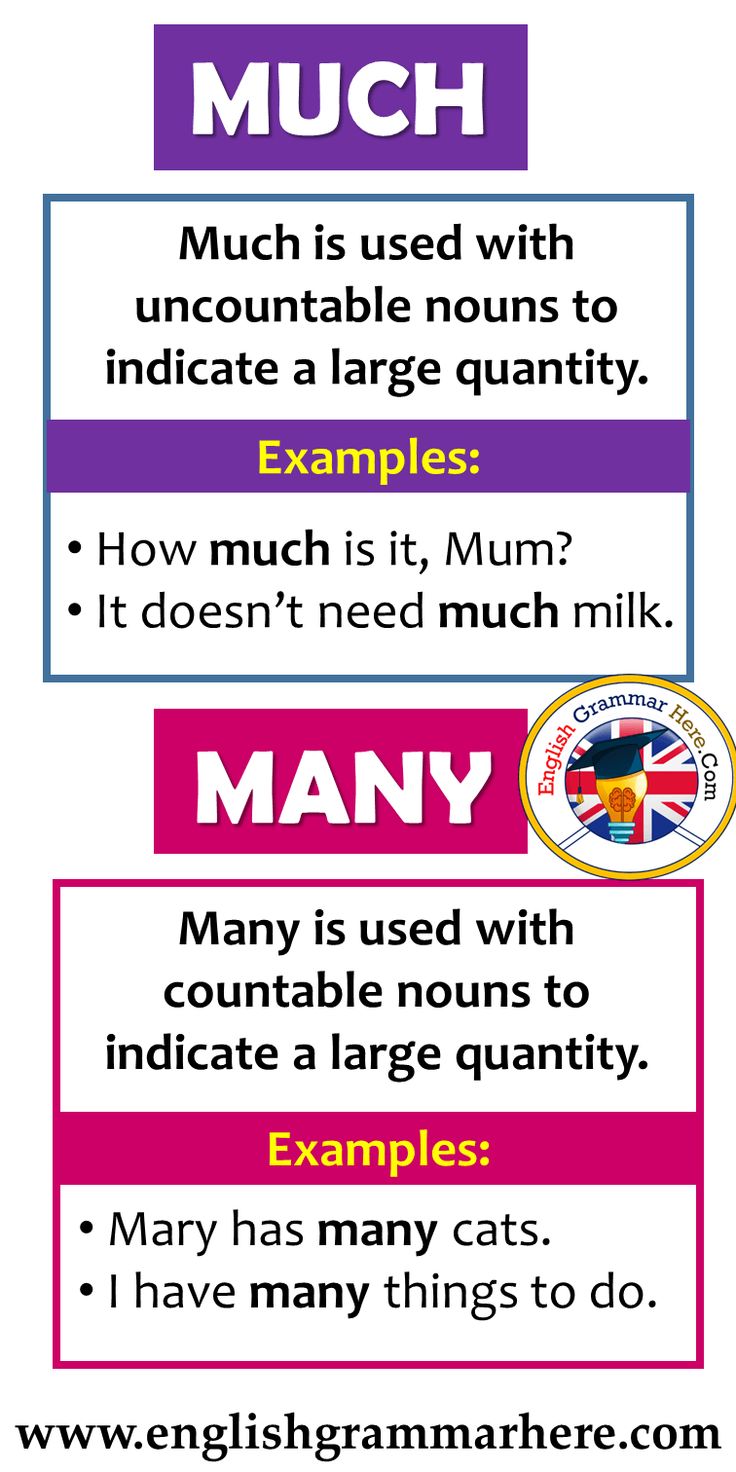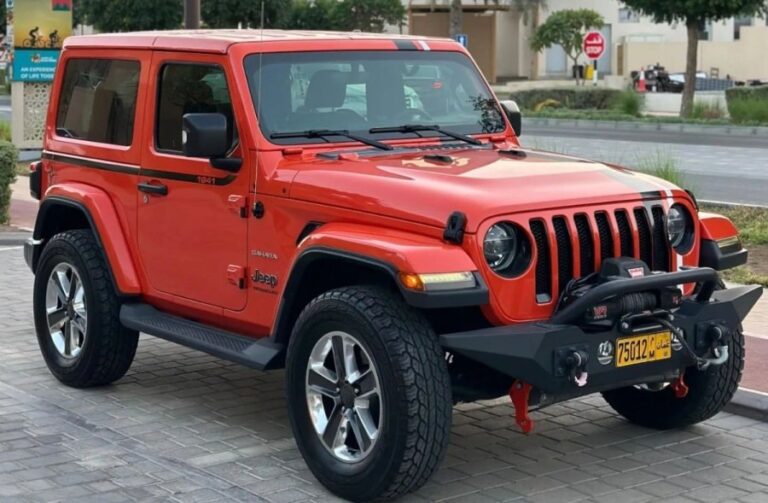How Much Does A Jeep Wrangler Battery Cost?
How Much Does A Jeep Wrangler Battery Cost? jeeps.truckstrend.com
The iconic Jeep Wrangler, a symbol of adventure and off-road prowess, demands reliability from every component – and its battery is no exception. Whether you’re navigating urban jungles or conquering rugged trails, a healthy battery is the heart of your Wrangler, ensuring everything from a reliable start to the smooth operation of its myriad electronic systems and aftermarket accessories. But when the time comes for a replacement, a common question arises: "How much does a Jeep Wrangler battery cost?"
This comprehensive guide will delve into the various factors influencing the price of a Jeep Wrangler battery, explore different battery types, provide typical cost ranges for parts and installation, offer practical advice for maintenance, and help you make an informed decision to keep your beloved Wrangler running strong.
How Much Does A Jeep Wrangler Battery Cost?
Understanding Your Jeep Wrangler’s Battery Needs
Before diving into costs, it’s crucial to understand why a Wrangler battery isn’t just any car battery. Jeeps, especially modern Wranglers (JL/JT generations), often come equipped with advanced electronics, stop-start systems, and are frequently modified with power-hungry accessories like winches, auxiliary lighting, and sound systems. These demands require a battery that can deliver consistent power, withstand vibrations from off-roading, and handle deep cycling.
Many newer Jeep Wrangler JL and Gladiator JT models feature a dual battery system. This typically includes a larger main battery (often an AGM type) for starting and primary power, and a smaller auxiliary battery (also AGM) dedicated to powering the stop-start system and sensitive electronics. This complexity means that a replacement might involve one or both batteries, impacting the overall cost. Older TJs, YJs, and JKs generally use a single battery setup.
Key battery specifications to be aware of include:
- CCA (Cold Cranking Amps): Measures the battery’s ability to start an engine in cold temperatures. Higher CCAs are better for cold climates.
- Reserve Capacity (RC): Indicates how long the battery can power essential accessories if the alternator fails.
- Group Size: A standardized dimension and terminal configuration (e.g., Group 34, Group 48, Group 94R, Group 24F, Group 27F). Your Wrangler requires a specific group size.

Factors Influencing Jeep Wrangler Battery Cost
The price of a Jeep Wrangler battery isn’t a fixed number; it’s influenced by several key variables:
1. Battery Type
The material and construction of the battery significantly impact its performance, lifespan, and, consequently, its price.

-
Standard Flooded Lead-Acid (SLA) Batteries:
- Pros: Most affordable option, widely available.
- Cons: Requires occasional maintenance (checking water levels), less resistant to vibration and deep discharges, shorter lifespan than AGM. Not suitable for modern stop-start systems.
- Price Range: $100 – $200 (battery only).

-
Absorbed Glass Mat (AGM) Batteries:
- Pros: Maintenance-free, superior vibration resistance, better performance in extreme temperatures, faster recharging, handles deep discharges better, ideal for vehicles with many electronics and stop-start systems. Often required for newer Wranglers.
- Cons: More expensive than SLA.
- Price Range: $200 – $350 (battery only).
-
Enhanced Flooded Battery (EFB):
- Pros: A hybrid technology between SLA and AGM, designed to handle the demands of stop-start systems better than conventional flooded batteries, but generally less expensive than AGM.
- Cons: Not as robust as AGM for extreme deep cycling or vibration.
- Price Range: $150 – $280 (battery only).
-
Lithium-Ion (LiFePO4) Batteries:
- Pros: Extremely lightweight, very long cycle life, consistent power output, excellent cold weather performance (with internal heating).
- Cons: Very high upfront cost, not commonly used as a primary starter battery for most vehicles yet, though gaining traction in specialized applications and auxiliary power setups.
- Price Range: $800 – $2,000+ (battery only – typically for high-performance or auxiliary setups).
2. Brand Reputation
Well-known and reputable battery brands often come with a higher price tag but typically offer better quality, reliability, and warranty coverage.
- OEM (Original Equipment Manufacturer) Mopar Batteries: Designed specifically for your Jeep, offering guaranteed compatibility and performance. Usually the most expensive option.
- Aftermarket Brands: Interstate, Optima, DieHard, ACDelco, Bosch, EverStart, Duralast, Exide, and Odyssey are popular choices. Prices vary significantly among these brands based on their specific features and warranty.
3. Battery Group Size & Specifications
The physical dimensions and terminal locations (group size) are specific to your Wrangler’s model year and trim. Common group sizes for Wranglers include Group 34, 48, 94R, 24F, and 27F. Larger or less common group sizes can sometimes be more expensive due to less frequent production. Higher CCA and Reserve Capacity ratings also typically increase the cost.
4. Warranty
A longer and more comprehensive warranty (e.g., 3-year full replacement vs. 1-year) often indicates a higher quality battery and can slightly increase the initial purchase price. However, it offers peace of mind and better long-term value.
5. Installation Location
Where you have the battery replaced significantly impacts the total cost.
- DIY (Do-It-Yourself): You only pay for the battery itself. Requires basic tools and some mechanical aptitude.
- Independent Mechanic Shop: You pay for the battery plus labor, which is generally more affordable than a dealership.
- Jeep Dealership: Typically the most expensive option, as they use OEM parts and have higher labor rates. However, you benefit from factory-trained technicians and specialized diagnostic tools, especially crucial for dual-battery systems that may require specific resetting procedures.
Typical Price Ranges for Jeep Wrangler Batteries (Parts & Installation)
To give you a clearer picture, here’s a breakdown of estimated costs:
| Battery Type | Common Brands Examples | Group Size (Common) | Estimated Battery Cost (Part Only) | Estimated Installation Cost (Labor) | Total Estimated Cost Range |
|---|---|---|---|---|---|
| Standard Flooded (SLA) | EverStart, Duralast, ACDelco | 24F, 27F, 34 | $100 – $200 | DIY: $0, Mechanic: $30-$75, Dealer: $75-$150 | $100 – $350 |
| AGM (Main Battery) | Optima, Interstate, DieHard, Bosch, Mopar | 48, 94R, 34, 27F | $200 – $350 | DIY: $0, Mechanic: $30-$75, Dealer: $75-$150 | $200 – $500 |
| AGM (Auxiliary Battery) | Mopar, Specific Aftermarket | Smaller, specific | $150 – $250 | DIY: $0, Mechanic: $50-$100, Dealer: $100-$200 | $150 – $450 |
| EFB | Exide, Bosch, Specific OEM | 48, 94R | $150 – $280 | DIY: $0, Mechanic: $30-$75, Dealer: $75-$150 | $150 – $430 |
| Lithium (Specialty) | Dakota Lithium, Battle Born (Auxiliary/Deep Cycle) | Various | $800 – $2,000+ | DIY: $0, Mechanic: $50-$150, Dealer: $100-$250 | $800 – $2,250+ |
- Note: Prices are estimates and can vary based on location, specific model year, retailer promotions, and market fluctuations. Auxiliary battery replacement often requires more labor due to its location.
DIY vs. Professional Installation: Cost & Considerations
Deciding whether to replace your Wrangler’s battery yourself or have a professional do it involves weighing cost savings against convenience and potential risks.
DIY Battery Replacement
- Pros:
- Significant Cost Savings: You only pay for the battery itself.
- Convenience: Do it on your own schedule.
- Learning Experience: Gain familiarity with your vehicle’s components.
- Cons:
- Requires Tools: You’ll need wrenches, a battery terminal cleaner, and potentially a battery terminal puller.
- Safety Risks: Batteries contain corrosive acid and can produce explosive gases. Proper ventilation, eye protection, and gloves are essential.
- Potential for Damage: Incorrect installation can damage vehicle electronics (e.g., if terminals short out, or if the main battery is disconnected before the auxiliary in dual-battery systems).
- Disposal: You are responsible for properly recycling the old battery (most auto parts stores accept them for free).
- Modern Jeeps: Newer Wranglers, especially those with dual battery systems, can be more complex. Incorrect replacement can lead to error codes or issues with the stop-start system, requiring a dealer visit anyway.
Professional Battery Replacement
- Pros:
- Expertise and Tools: Technicians have the right tools and knowledge to safely and correctly install the battery.
- Diagnostics: Professionals can test your alternator and charging system to ensure the new battery won’t fail prematurely.
- Proper Disposal: They handle the recycling of your old battery.
- Warranty on Labor: If something goes wrong with the installation, it’s covered.
- Peace of Mind: Especially for complex dual-battery systems, professional installation ensures all systems are properly reset and functioning.
- Cons:
- Higher Total Cost: You pay for both the battery and labor.
- Scheduling: You need to make an appointment.
For single-battery Wranglers (TJ, YJ, JK), DIY is often straightforward for those comfortable with basic car maintenance. For JL/JT models with dual battery systems, professional installation is highly recommended due to the increased complexity and the need for specific disconnection/reconnection sequences to avoid electronic issues.
Maximizing Your Jeep Wrangler Battery’s Lifespan
Regardless of the cost, taking steps to prolong your battery’s life can save you money and hassle in the long run.
- Keep it Clean: Regularly inspect and clean battery terminals to prevent corrosion, which can impede current flow.
- Check Electrolyte Levels (SLA only): For flooded lead-acid batteries, ensure the water levels are adequate. Use distilled water to top them off.
- Use a Battery Maintainer/Tender: If your Wrangler sits for extended periods (weeks or months), a smart battery tender will keep it charged and prevent sulfation, a common cause of battery failure. This is especially crucial for infrequently used trail rigs.
- Avoid Short Trips: Frequent short drives may not allow the alternator enough time to fully recharge the battery, leading to a gradual discharge.
- Secure the Battery: Ensure the battery is tightly secured in its tray. Excessive vibration, particularly from off-roading, can damage internal components.
- Monitor Your Charging System: Have your alternator and charging system checked regularly. A faulty alternator can either undercharge (killing the battery) or overcharge (boiling the battery).
- Limit Accessory Use with Engine Off: Running winches, powerful lights, or stereos for extended periods with the engine off can deep-discharge your battery, significantly reducing its lifespan, especially for non-deep-cycle batteries.
Signs Your Jeep Wrangler Battery Needs Replacement
Don’t wait until your Wrangler won’t start to think about battery replacement. Look out for these common warning signs:
- Slow Cranking: The engine turns over sluggishly when you try to start it.
- Dim Lights: Headlights or dashboard lights appear dimmer than usual when the engine is off or at idle.
- Battery Light On: The battery warning light illuminates on your dashboard.
- Frequent Jump-Starts: If you need to jump-start your Jeep often, it’s a clear indicator of a failing battery.
- Corrosion: Excessive blue-green corrosion around the battery terminals.
- Swollen Battery Case: A bulging or cracked battery case indicates internal damage, often due to overcharging or freezing.
- Foul Smell: A rotten egg smell suggests a leaking battery or overcharging.
- Age: Most automotive batteries last 3-5 years. If yours is in this age range, it’s worth having it tested, especially before winter.
Frequently Asked Questions (FAQ)
Q1: How long does a Jeep Wrangler battery typically last?
A: On average, a Jeep Wrangler battery lasts between 3 to 5 years. This can vary based on climate (extreme heat and cold reduce lifespan), driving habits, and the type of battery (AGM batteries generally last longer than flooded lead-acid ones).
Q2: Do newer Wranglers (JL/Gladiator) have two batteries?
A: Yes, most Jeep Wrangler JL and Gladiator JT models come with a dual battery system. This includes a larger main battery for starting and primary power, and a smaller auxiliary battery specifically for the start-stop system and sensitive electronics. Both may need replacement, though not necessarily at the same time.
Q3: Can I put an AGM battery in my older Wrangler (JK, TJ, YJ)?
A: Absolutely! Upgrading to an AGM battery is a popular choice for older Wranglers. AGMs offer superior vibration resistance, are maintenance-free, and handle accessories better, making them ideal for off-road use. Ensure you get the correct group size.
Q4: Is it hard to change a Wrangler battery myself?
A: For single-battery Wranglers (TJ, YJ, JK), it’s generally a straightforward process for someone with basic mechanical skills and tools. However, for dual-battery JL/JT models, it’s more complex and requires specific procedures to avoid electronic issues. Professional installation is recommended for JL/JT.
Q5: What’s the difference between CCA and RC?
A: CCA (Cold Cranking Amps) measures the battery’s ability to start an engine in cold temperatures. Higher CCA means more starting power in winter. RC (Reserve Capacity) indicates how long the battery can power essential accessories if the alternator fails or the engine is off. Higher RC means more standby power.
Q6: Why is a dealership battery so expensive?
A: Dealerships typically use OEM (Original Equipment Manufacturer) batteries, which often come with a premium price tag. Their labor rates are also generally higher than independent shops. However, you often get specialized knowledge, diagnostic tools, and a warranty on both parts and labor.
Q7: Does cold weather affect battery life?
A: Yes, extreme cold can significantly reduce a battery’s cranking power and overall lifespan. Chemical reactions within the battery slow down in cold temperatures, making it harder for the battery to deliver the necessary current to start the engine.
Q8: What’s the best battery brand for a Jeep Wrangler?
A: There isn’t a single "best" brand, as it depends on your budget and needs. Reputable brands like Optima (known for their Spiralcell technology, especially the YellowTop for deep cycling), Interstate, DieHard, Bosch, and ACDelco are all excellent choices. For OEM reliability, Mopar is the go-to. Focus on the correct battery type (AGM for modern Jeeps), group size, and CCA/RC ratings for your specific Wrangler and climate.
Conclusion
The cost of a Jeep Wrangler battery is a variable sum, influenced by the battery’s type, brand, specifications, and whether you opt for DIY or professional installation. While a basic flooded lead-acid battery might set you back as little as $100, a high-performance AGM or specialized lithium battery, professionally installed in a newer dual-battery system Wrangler, could exceed $500, or even $2000+ for specialized lithium setups.
Understanding these factors empowers you to make an informed decision that balances cost with performance and reliability. Investing in the right battery for your Wrangler isn’t just about getting a good deal; it’s about ensuring your vehicle’s dependable operation, whether you’re navigating daily commutes or embarking on the next great off-road adventure. Choose wisely, maintain diligently, and your Jeep Wrangler will continue to be a loyal companion for years to come.

